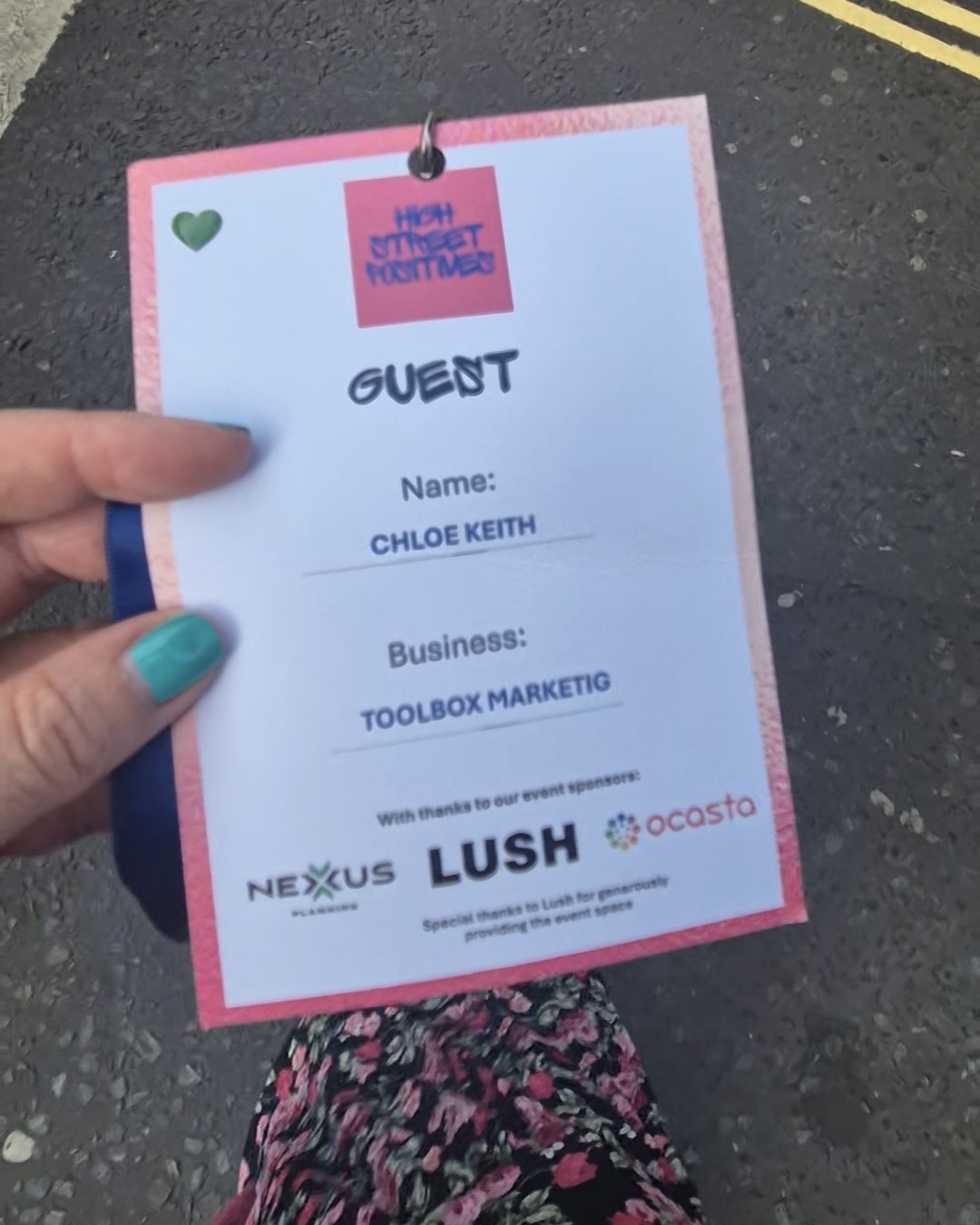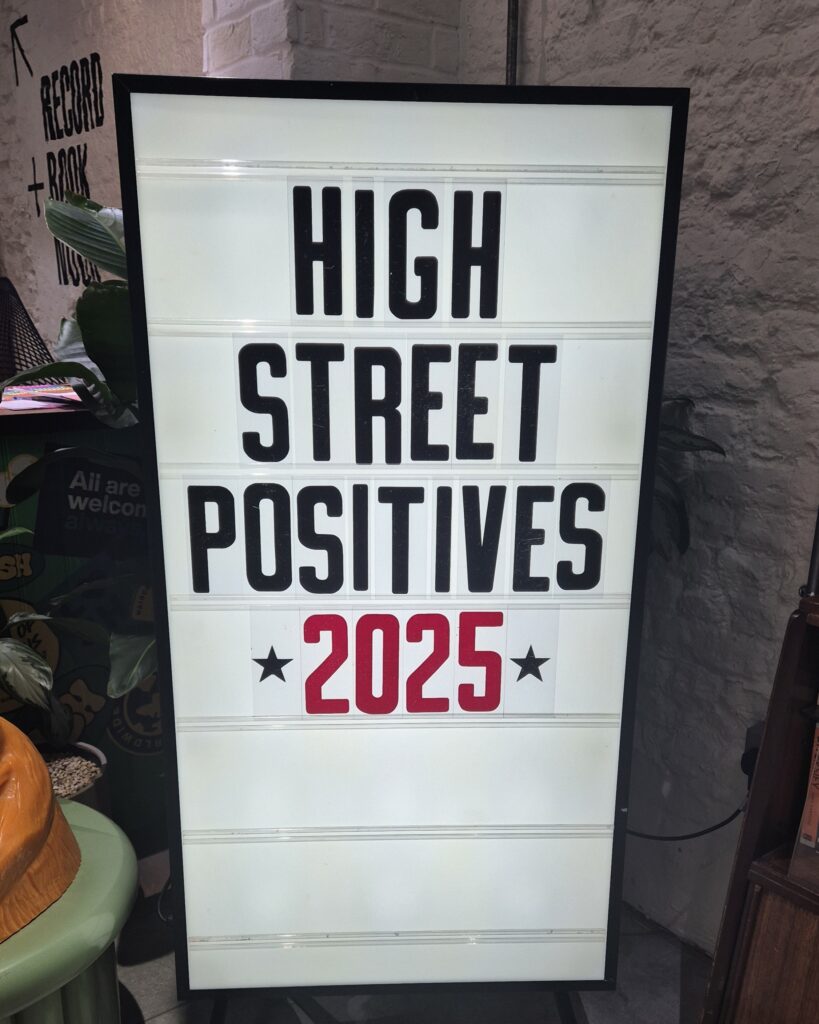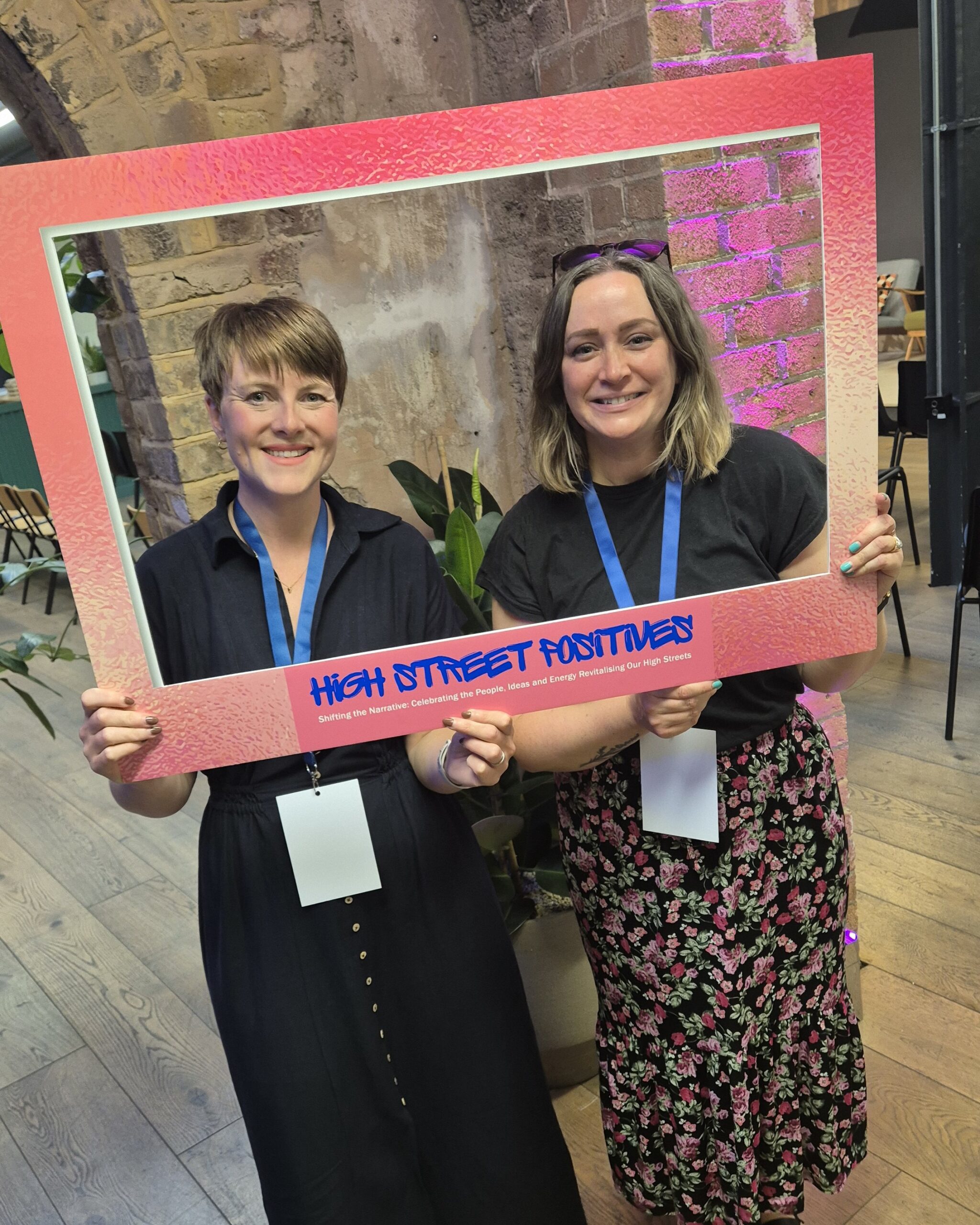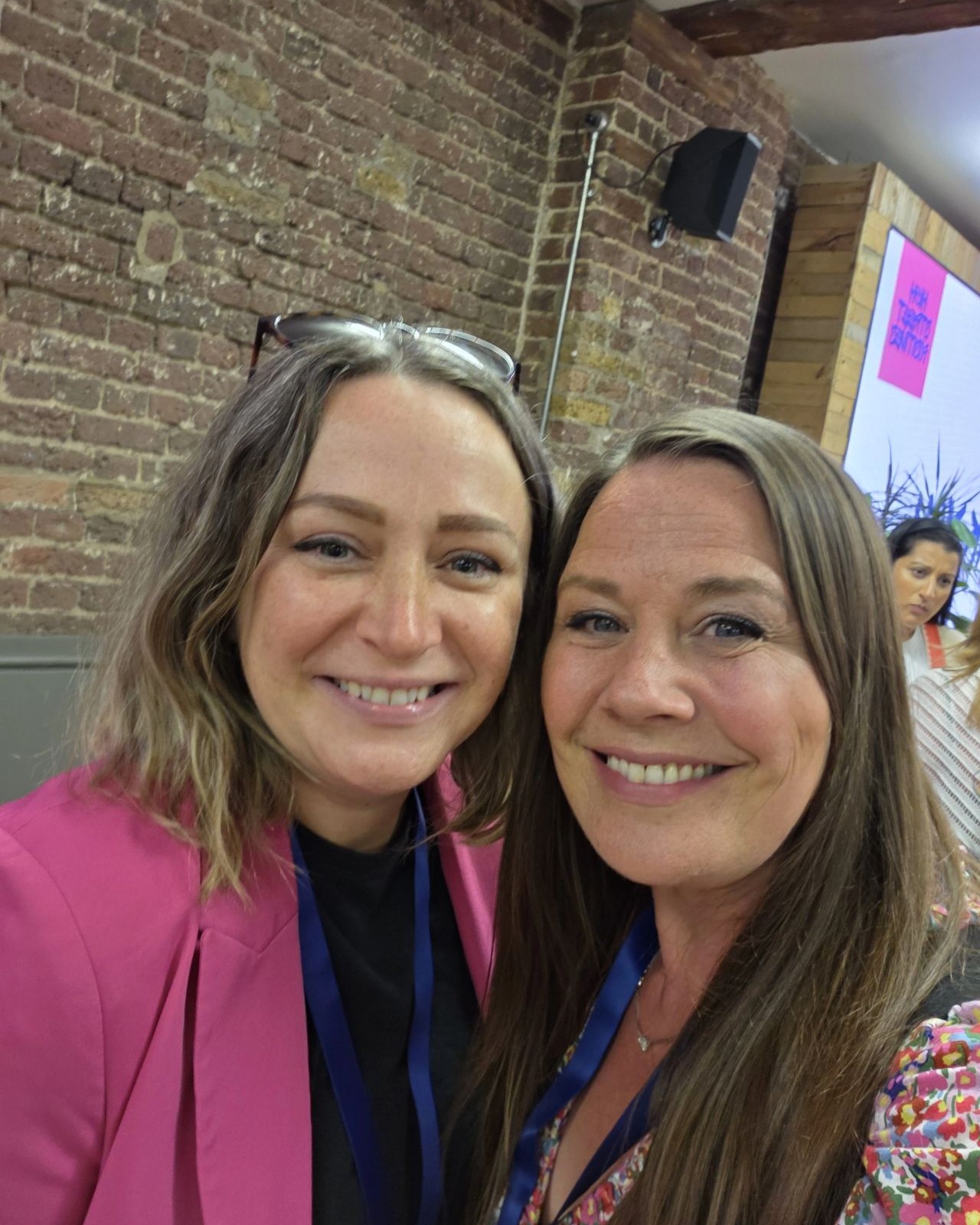The conversation around British high streets has been dominated by decline for far too long. Empty shopfronts, falling footfall, and the rise of online shopping have created a narrative of inevitable doom. But what if we’ve been looking at this all wrong?
Last week, our Managing Director, Chloe Keith had the privilege of attending the first in-person meetup for High Street Positives, the inspiring community created and led by Laura Harris, that’s working to breathe positivity and life into our high streets across the country. Hosted in the atmospheric Lush Perfume Library in Soho, the evening was a powerful reminder that change is possible when we shift our perspective.
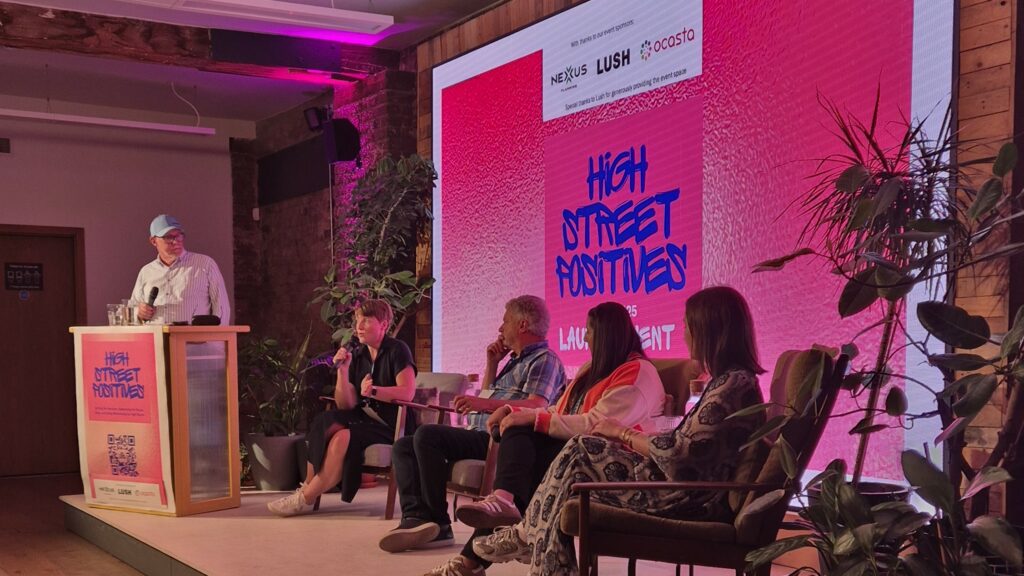
Reframing the Narrative
The most striking insight from the evening was Laura’s call to stop focusing on decline. When we constantly highlight what’s wrong, we create a self-fulfilling prophecy. Instead, we need to reframe our narrative around opportunities. Every empty unit isn’t just a vacancy – it’s a canvas for something new. Something we are definitely in agreement with here at Toolbox Marketing. Every struggling high street isn’t just a problem to solve – it’s a community waiting to be reimagined.
This shift in thinking is crucial for anyone involved in placemaking, whether you’re a council officer, a business owner or simply someone who cares about your local area. The stories we tell about our places shape how people perceive them, use them and ultimately, whether they thrive.
The Power of Authenticity
One of the strongest themes throughout the evening was the importance of authenticity. The days of copy-and-paste high streets are over – if they ever truly worked at all. For a place to succeed, it needs to be unique and individual to its community. This means understanding not just what shops might work, but what the local community actually needs and wants.
Retailers, too, have a crucial role to play. They have a duty to create memories, not just transactions. The most successful high street businesses are those that offer something you can’t get online – an experience, a connection, a story. As placemakers and place marketing experts, our job is to highlight and promote these memory-making moments.
Beyond Data: Measuring Social Value
Perhaps one of the most important points raised was how we measure success. Traditional metrics – footfall, rental yields, vacancy rates – tell only part of the story. True success should be measured by social value. Are people proud of their high street? Does it bring the community together? Does it reflect the character and needs of the local area?
The statistic that one in eight people say their high streets are unhealthy is sobering. But health isn’t just about the number of occupied units – it’s about the right tenant mix, meeting genuine consumer demand, providing education and opportunities, and creating spaces that enliven the community.
Opportunities in Disguise
While vacancy rates might be rising, so too are opportunities. Empty spaces can become community hubs, pop-up venues, or trial grounds for new businesses. The key is to see these spaces not as failures, but as potential. This requires imagination, flexibility and often a willingness to think beyond traditional retail models.
The most successful high street transformations happen when communities embrace this experimental mindset. They try new things, support local entrepreneurs, and create spaces that reflect their unique identity and needs.
People-Centred Placemaking
The evening reinforced a fundamental truth: you cannot talk about a place without talking about the people. Successful placemaking always starts with understanding who your place is for and what it means to them. This requires genuine engagement with the community, not just consultation exercises, but ongoing dialogue and collaboration.
Every high street serves a different community with different needs, histories, and aspirations. The solution that works in one place might fail completely in another. This is why authenticity and local understanding are so crucial.
A Movement for Change
High Street Positives represents more than just positive thinking – it’s a movement toward more thoughtful, community-centred approaches to place. It’s about recognising that our high streets are not just economic assets, but social and cultural ones too.
As we face ongoing challenges in our town centres, the insights from this evening offer a way forward. By focusing on opportunities rather than decline, embracing authenticity over uniformity, and measuring success through social value as well as economic metrics, we can create high streets that truly serve their communities.
The energy and optimism in that room in Soho was infectious. It reminded everyone that change is possible when passionate people come together with a shared vision. Our high streets may be evolving, but with the right approach, they can evolve into something even better than what came before.
The future of our high streets isn’t about returning to some imagined golden age – it’s about creating something new that honours the past while meeting the needs of today’s communities. And that future looks surprisingly bright.
